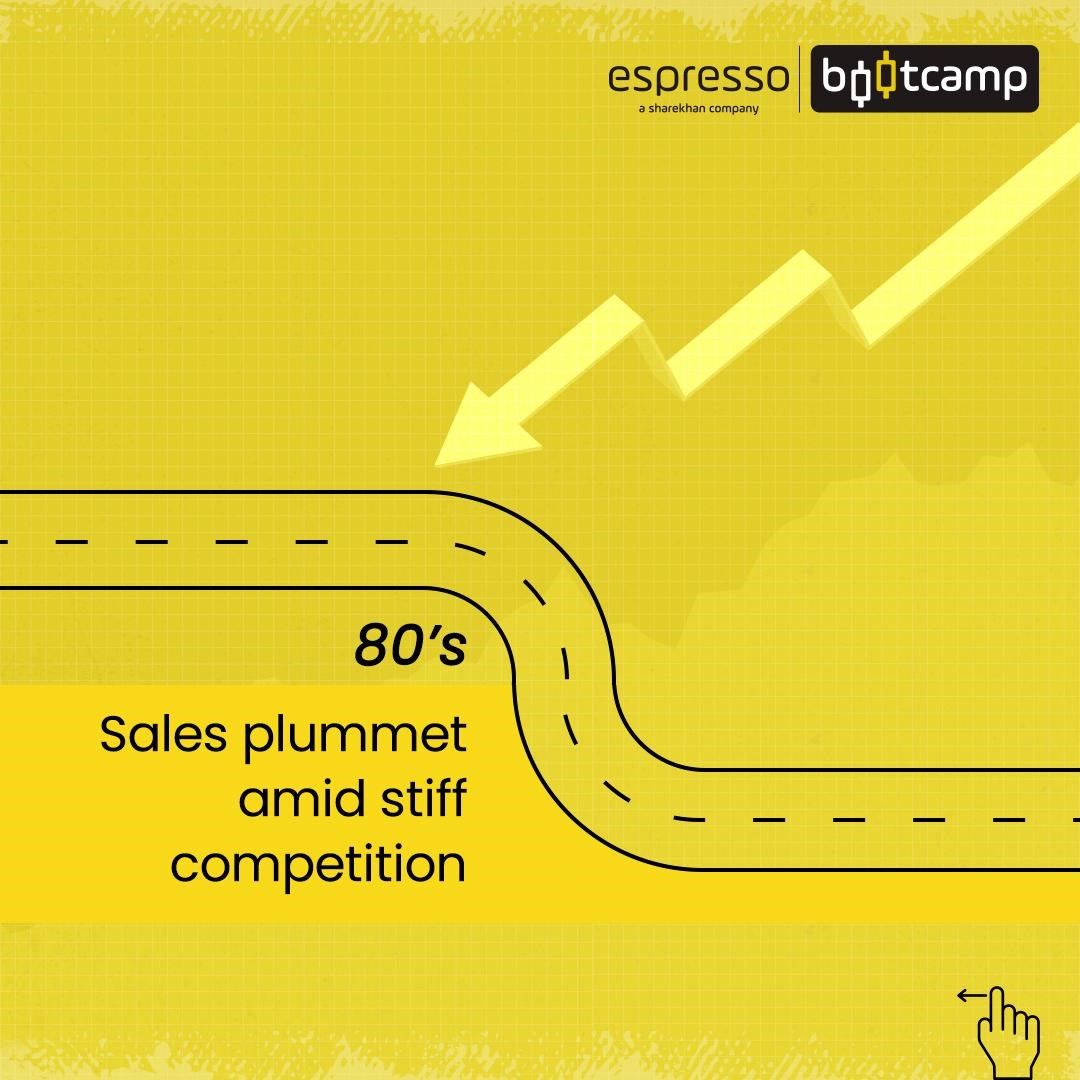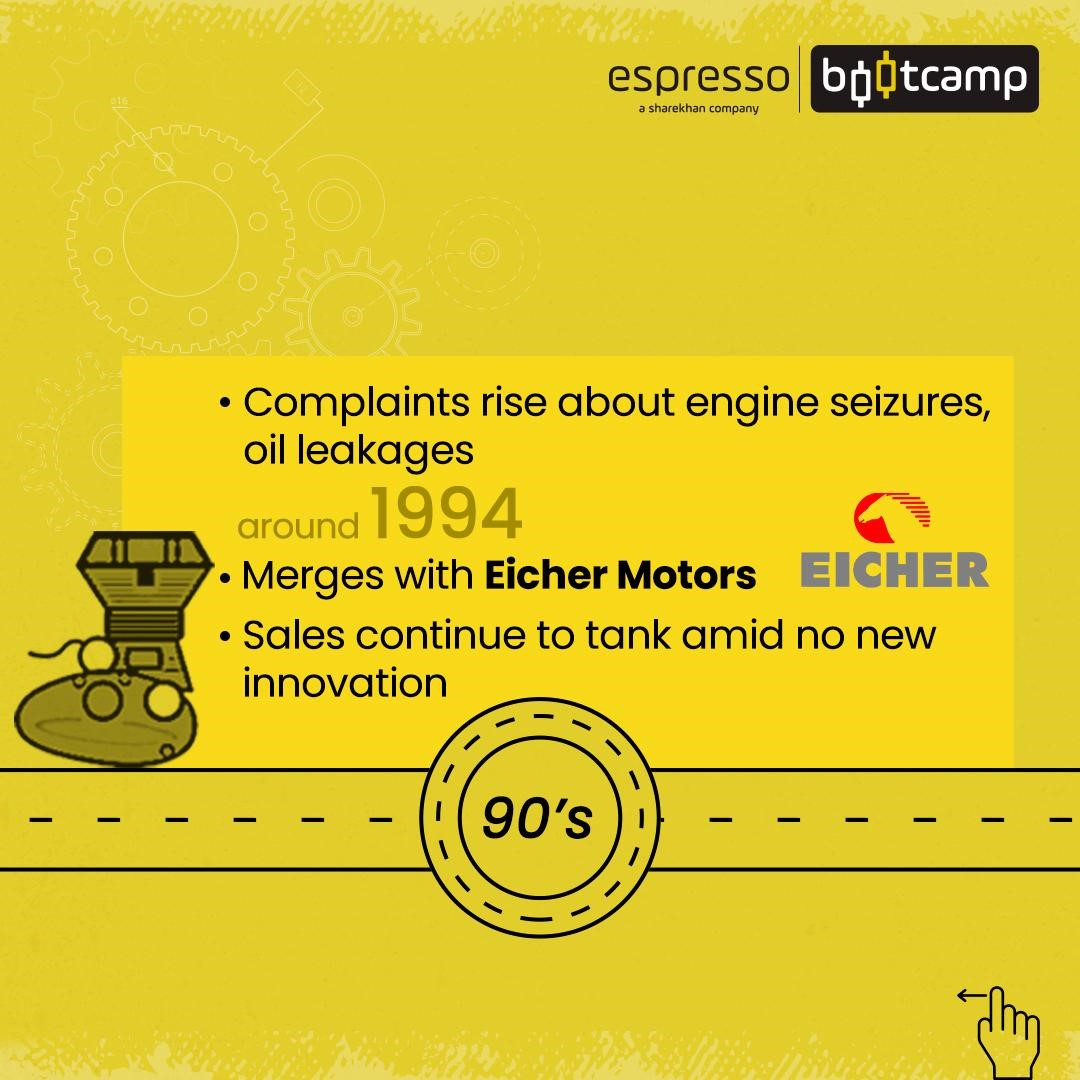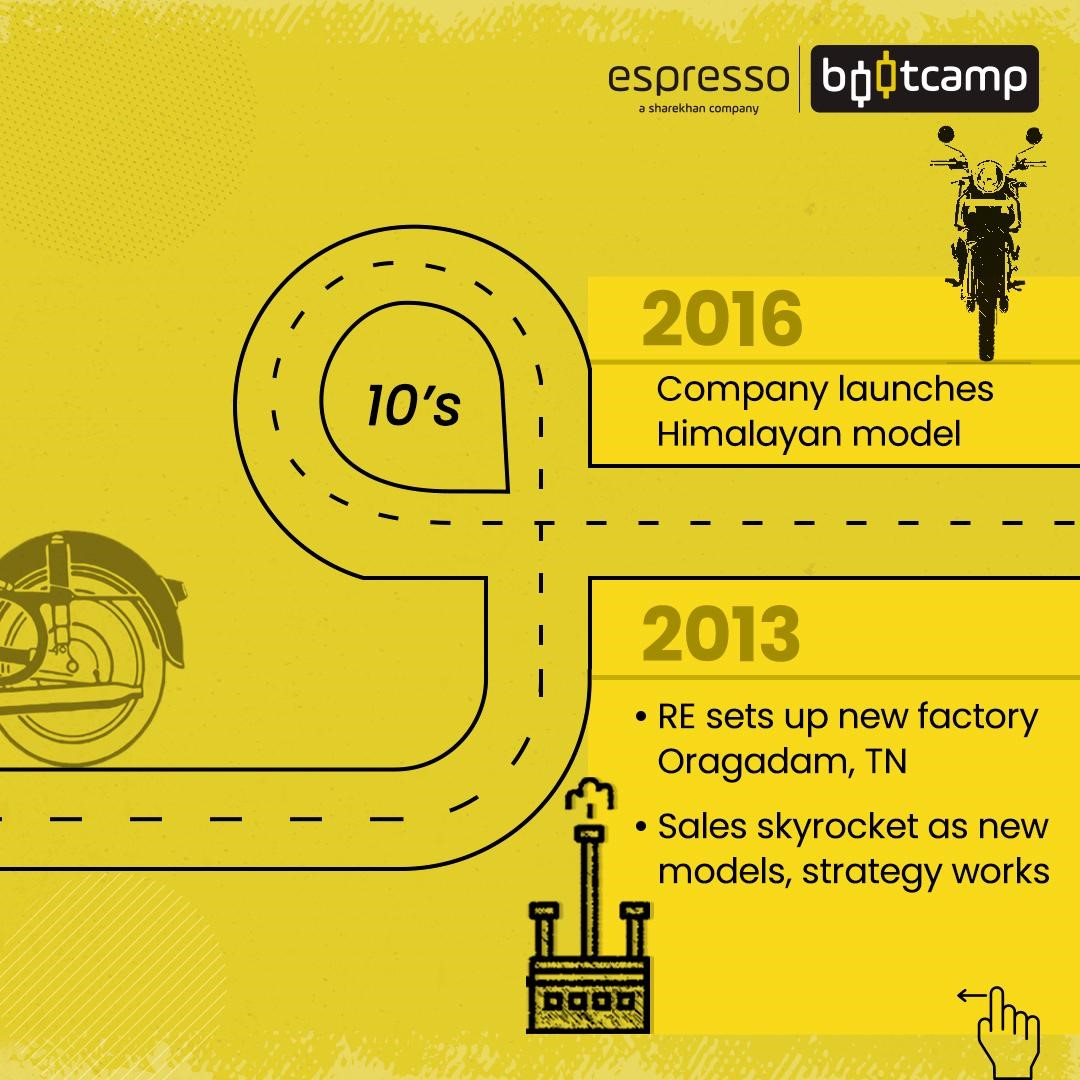After getting equipped with knowledge on value stocks, let’s understand about growth stocks. The stocks of any company whose revenue and profit grow at a rate faster rate than the overall market are termed growth stocks. The market realises this and places a premium on such companies, betting on a rapid appreciation in the share price, thereby creating wealth.







On the flip side, prices of growth stocks can be volatile because of the high expectations investors have from such companies.
Here are some parameters that can help identify growth stocks:
Rising Profit Margins
One of the first indicators indicates the continuous rise in the profit margins over time. A stock can see tremendous growth if profit margins turn around from negative to positive, more so if this happens when one is already invested in the stock.
Price to Earnings (P/E) Ratio
PE ratio is the current share price of the company divided by its earnings per share (EPS). This is the value investors assign to every rupee the company earns.
In growth investing, investors typically look at stocks that have a higher price-to-earnings ratio than peers. This is because growth investing followers are willing to pay a premium for this stock based on its expected growth.
For example, if the share price is Rs 100 and EPS is Rs 20, the PE is 5. This means that every rupee earned is valued five times more.
Compared to the value investing approach, where a lower PE is considered, in growth, a higher PE is considered better, as it factors in the company’s rapid growth.
Price Earnings Growth (PEG) Ratio
PEG ratio is the potential growth markets expect a company to show, which in turn, is reflected in its stock price.
To calculate the PEG ratio, you need the current PE and expected growth rate. Here, the expected growth is normally a consensus of the analysts tracking that company, essentially an assumption of the future.
A company with a PE of 25 and an expected growth rate of 20 per cent will have a PEG ratio of 1.25.
If the current PE is lower than the PEG ratio, it means that the stock has a good potential to grow based on expected growth.
Return on Equity (RoE)
Return on equity is the measure of value created for shareholders. If you divide the net profit of the company by its equity share capital, the resultant figure is the company’s RoE. It is measured as a percentage.
Here again, the higher the RoE, the better. This means a company is generating profits more effectively for its shareholders. An increase in RoE over time also means it is getting more efficient.
For example, Company A, with an equity capital of Rs 10 crore and Company B, with a capital of Rs 30 crore, both have a net profit of Rs 5 crore. The smaller company A has a higher RoE as it generates more profit on lesser equity.
Simply put, if the company is generating a high shareholder return, the market will pay a premium and put it in the growth category.
While using RoE, it is important to understand that some sectors tend to have a higher RoE, therefore, it is more useful to compare companies within sectors.
Other factors that growth investing takes into consideration are:
Competitive advantage, which can be in terms of technology or product design
Loyal customer base, which means if a company’s products and services ensure a loyal customer base
Points to remember
- Growth investing can be exciting, given the possibility of higher-than-market returns
- It is important you do not use just one parameter to indulge in growth investing
- Unlike value investing, which relies on historical data of stocks, growth investing is based on future assumptions. If these do not fall in line, the investment decision could be affected.
 0
|
0
|
 0
0
 Modules
Modules

 Watch
Watch 
